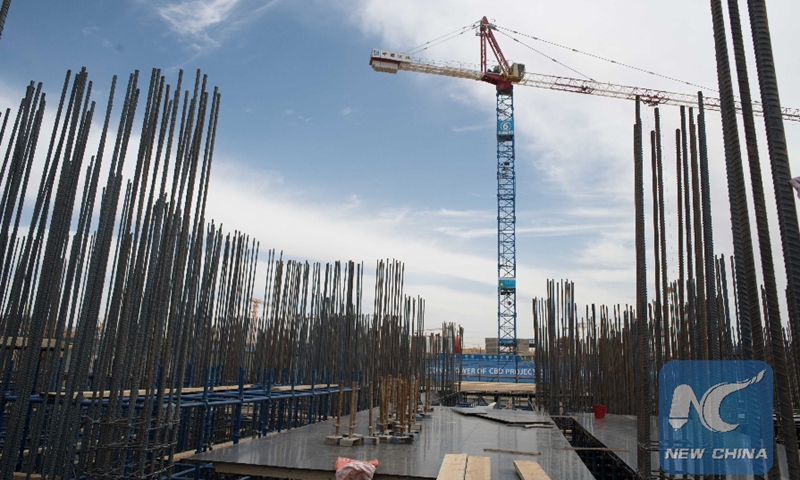China remains developing nation
By Chu Daye Source:Global Times Published: 2020/5/20 20:03:42
World Bank definition has trade implications

Photo:Xinhua
The comment came after the International Comparison Program (ICP) 2017, released by the World Bank on Tuesday, revealed that China's GDP ranked first in the world based on purchasing power parity (PPP).
However, China's PPP-based GDP per capita was only 85.3 percent of the world average in 2017, ranking 90th globally, down 11 places from its ranking in exchange rate-based GDP per capita.
"Obviously, there is a large gap compared with developed countries," the NSSC said in a statement posted on the website of China's National Bureau of Statistics.
The Chinese government has repeatedly stated that China is the world's largest developing nation, despite rapid economic growth over the past four decades.
The status has implications for global trade. The US excluded China from its developing country list in February, a move that would end some of the favorable conditions enjoyed by Chinese companies.
Lian Ping, head of Zhixin Investment Research Institute, told the Global Times on Wednesday that the PPP-based GDP data provide a worthy perspective, but it shouldn't be over-emphasized.
"It should be used as a reference to guide policymakers to find and fix a country's development problems," Lian said, noting that the method doesn't take a country's scientific and financial power into consideration.
"Even though China's PPP-based GDP has surpassed that of the US, many countries lead China by a wide margin on a per capita basis," Lian said.
China's PPP-based GDP in 2017 was $19.6 trillion, $7.5 trillion higher than its exchange rate-based GDP the same year, and 0.5 percent higher than that of the US, accounting for 16.4 percent of the $119.5 trillion total volume of all 176 economies.
The NSSC noted that results for all economies are produced by regional implementing agencies and the World Bank, and they are not produced by participating economies as part of those economies' official statistics.
It also stressed that due to the certain limitations in the ICP, its results should be used cautiously.
Ye Qing, a deputy director of the Statistics Bureau of Central China's Hubei Province, said the PPP method offers a perspective that focuses on purchasing power but its reference value is lower than GDP, as "GDP remains the primary indicator to determine a country's development status."
The WTO has no definition of developing country status. The World Bank and the UN have their own methods to determine such a status. China was not a developed country under either definition.
In World Bank's Tuesday report, the economies with the 10 highest PPP-based GDPs per capita in 2017 were Luxembourg, Qatar, Singapore, Ireland, Bermuda, the Cayman Islands, Switzerland, the United Arab Emirates, Norway and Brunei Darussalam, with an entry threshold of $60,282 per capita.
The countries with the 10 highest PPP-based GDPs in 2017 were China, the US, India, Japan, Germany, Russia, the UK, Brazil, France and Indonesia. Developing economies gain an edge when GDP is calculated using the PPP-based method.
Posted in: INDUSTRIES,MARKETS,BIZ FOCUS